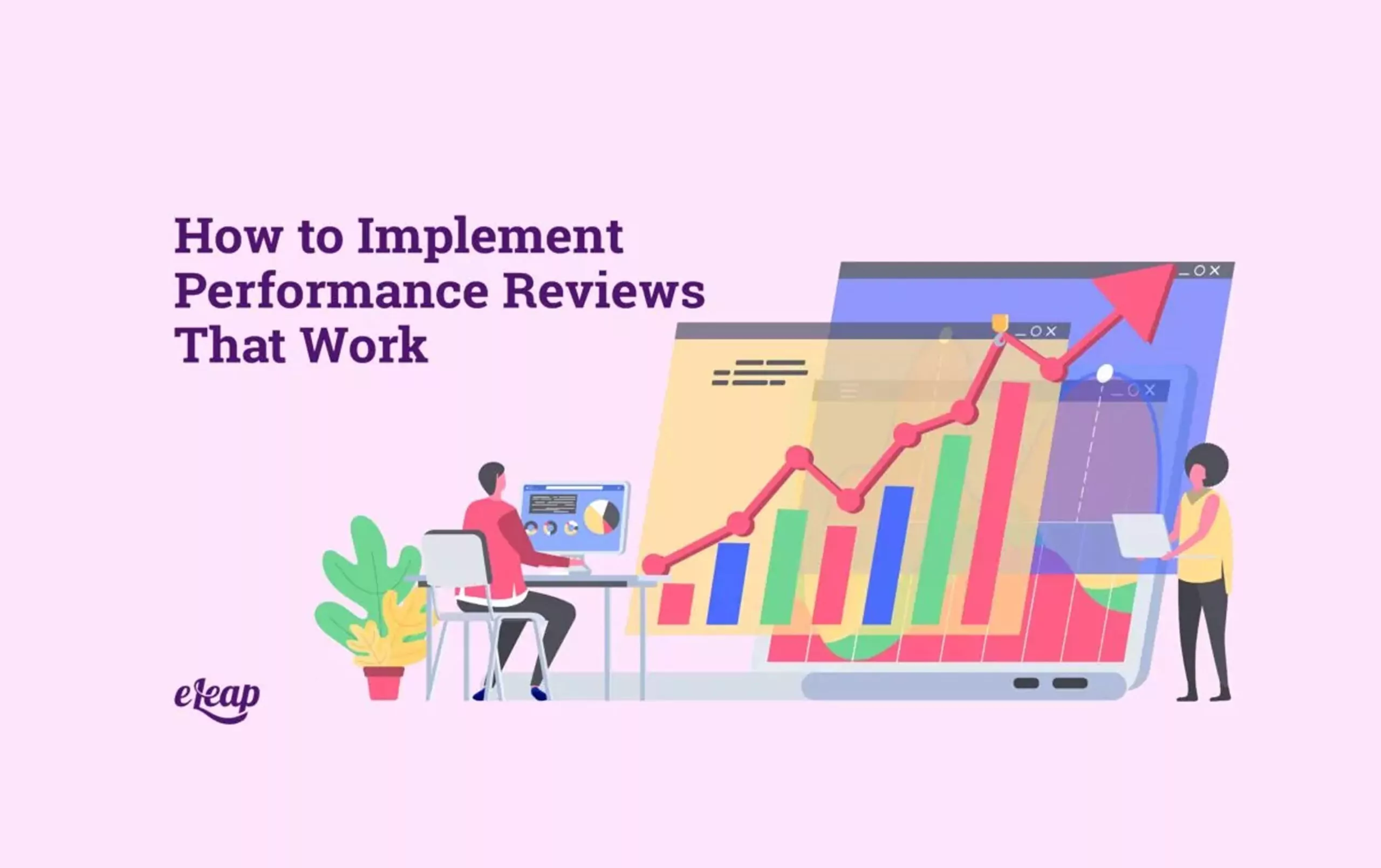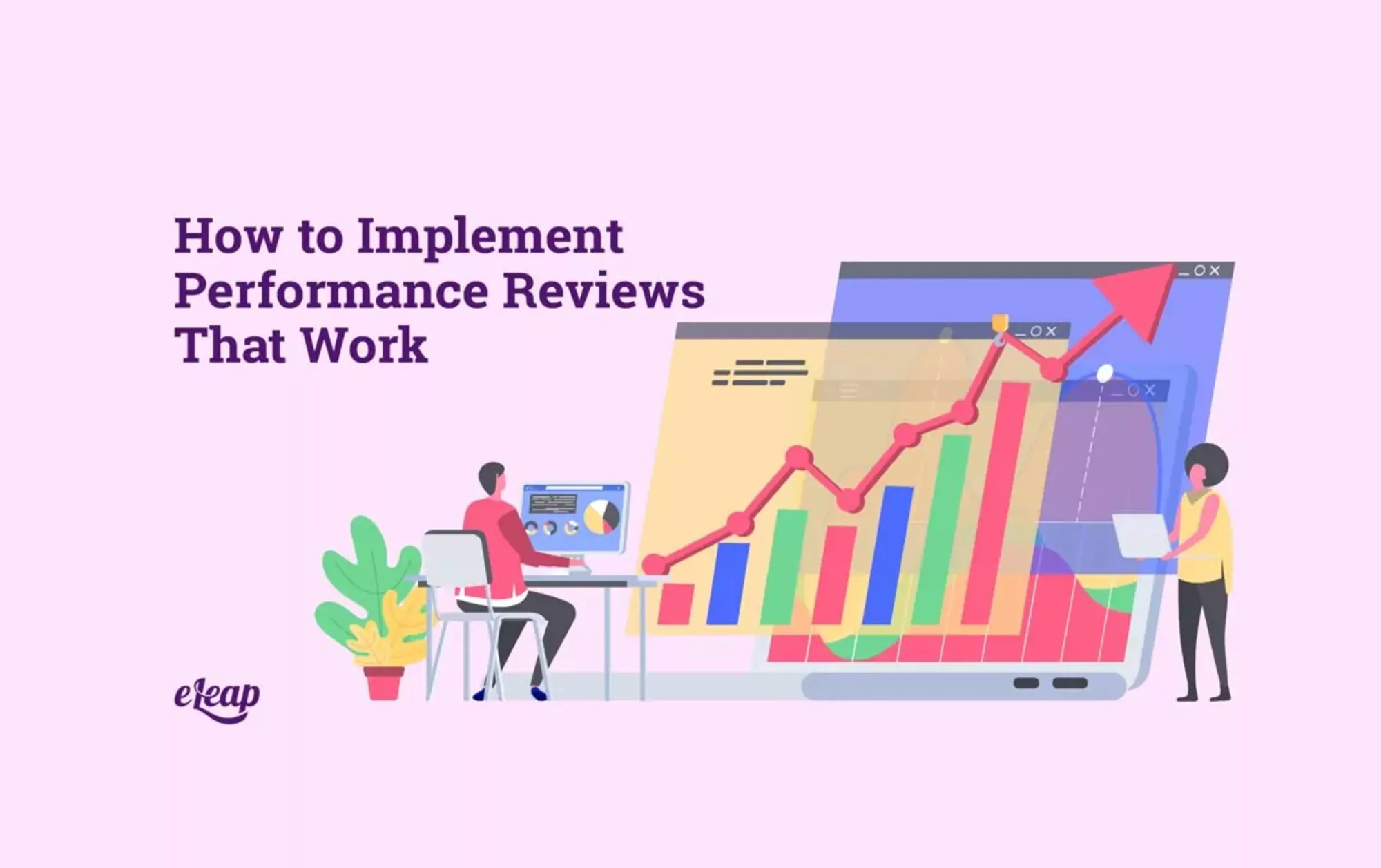How to Implement Performance Reviews That Work

In the modern workforce, traditional performance reviews may not offer exactly what you expect. As we work through a pandemic, it also becomes clear that managers and leaders need to be prepared for any situation. This applies to having the appropriate systems in place to ensure you and your business are responsive and ready to pivot whenever it becomes necessary.
One method of keeping workers motivated while moving through the year is by implementing structured, regular performance reviews. If that isn’t something you already provide, it may be the right time to start making a few changes. This article will look at why traditional reviews may not be the right option. We’ll also share tips for managers to make reviews inspiring and effective.

Issues with Typical Performance Reviews
One of the most substantial issues with traditional performance reviews is that even managers who work hard can be very biased. Without having appropriate solutions and strategies in place, individuals will find their personal biases come out, even when it comes to assessing the performance of employees.
In addition, timing matters. Many organizations offer an employee performance review no more than once a year rather than quarterly or twice a year. This can be an issue since urgent issues can’t be resolved immediately. Employees also have no opportunity to correct their behavior until it may be too late.
Based on a Gallup survey, only 14% of workers believe that their performance reviews inspire them to do better on the job. Sticking with traditional assessment methods may be doing more harm to workers than it is good. It’s time to move away from dated methods and introduce modern systems that work better in a modern workplace.
How to Conduct an Effective Performance Review
In the best of cases, performance reviews shouldn’t only look at performance. Instead, managers can use this time to offer feedback and direction that may not otherwise be covered in weekly one-on-ones or quick check-in conversations. It’s the right time to bring up anything important on the behalf of the manager or the employee.
Since it can take time to get used to a new performance review method, we have some useful tips. Managers can take this information to conduct more useful performance reviews for themselves and the employees who they are speaking with. By doing this, managers can better respond to the needs of all people in an organization while motivating them to do better with all of their tasks.
Bring the Past and Future into the Conversation
We recommend that you ask employees what their proudest and happiest moments were over the period between the current performance review and the last one they had. In addition, you can inquire about what the largest challenges were over the last quarter or six months based on how often you perform performance reviews.
However, that isn’t the end of where the conversation should go. Rather than taking in that information and moving on, managers should focus on better understanding what each employee’s career goals are as they move into the future. Conversations around performance also provide an excellent time for managers to better understand what they can do to help people reach their potential and become the people they wish to be.
Nix the Employee Comparisons
A lot of employees who walk into performance reviews dread the process. Some are anxious, and others might be stressed out about the upcoming conversation. One of the top reasons that occur is that a large number of workers come away from these conversations with the feeling that they are being ranked in terms of their coworkers. Forced comparisons and social ranking can build a culture of negative competition. It’s an unfair and demotivating practice that no employees appreciate.
Recent research indicates that the best type of comparison looks at a work in the past versus where they stand now. The contrast of a worked from two different time periods is considered more individualized and can be fairer than a traditional performance review which may pit employees against each other. When employees feel respected through this type of approach, it also makes them more likely to be receptive to both negative and positive feedback.
Review and Compensation Meetings Should Be Separate
We mentioned earlier that traditional performance reviews are often extremely biased. This also runs the risk of them being far from accurate. While many companies choose to combine performance reviews and pay conversations, this might not be the best possible tactic. In many cases, it can result in making inaccurate decisions about proper employee compensation.
If compensation decisions need to be made, they should be based on an employee’s performance over time. This discussion should be timely but not included in a performance review. Managers can assess the performance of a specific worker by perusing peer assessments and manager assessments rather than putting the entire focus on a single performance review.
What to Consider During a Performance Review
The industry that a company is involved in will have an effect on what factors should come into play during a performance review. However, regardless of what the company makes or does, there are a few skills that should be assessed in advance of the review. Some of these include:
- Ability to meet deadlines and accomplish required goals
- Communication
- Punctuality, attendance, and reliability
- Teamwork and collaboration
- Accuracy and quality of work
- Problem-solving skills
Reviews should also include any position or company-specific competencies, along with employee contributions and accomplishments to their position or organization. You can use this information paired with the tips above to make sure you offer performance reviews that are helpful to employees and designed to help them become the best worker they can be.
Having the right approach and language is the first step to creating the best performance reviews. This might require forgetting the traditional performance review and being open to making changes. While this can take time and energy, it benefits employees, managers, and the organization as a whole.